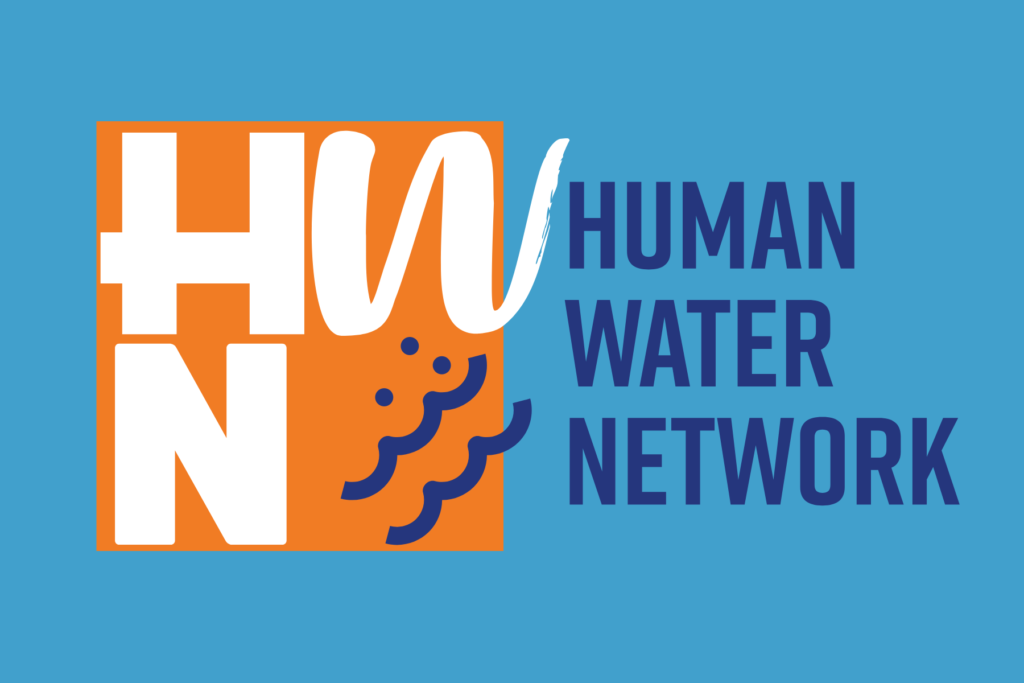Cultivating Community Ownership and Pride for Environmental Stewardship
Introduction
Environmental stewardship is a collective responsibility ensuring ecosystems’ sustainability for current and future generations. While governments and organizations play significant roles, the involvement of local communities is indispensable. Cultivating community ownership and pride is critical for fostering sustainable environmental practices. This paper explores the mechanisms through which community ownership and pride can be nurtured, the benefits of such an approach, and practical examples that illustrate its success. It also emphasizes the crucial role of policymakers in creating an enabling environment for community-led environmental stewardship.
The Importance of Community Ownership
Community ownership refers to individuals’ sense of responsibility toward their local environment. When people perceive their connection to the land, water, and air as personal, they are more likely to engage in activities that protect and enhance these resources. Ownership instills a sense of accountability and empowers individuals to take initiative, leading to grassroots movements and sustained efforts. This empowerment is a source of inspiration and motivation for all involved.
Emotional and Cultural Ties
A key aspect of community ownership lies in its emotional and cultural dimensions. Many communities have historical or spiritual connections to their natural surroundings. Recognizing and honoring these ties fosters a more profound respect and care for the environment. For example, Indigenous groups often view environmental stewardship as a sacred duty, a perspective that can inspire broader communities to adopt similar practices.
Economic Incentives
Economic factors also influence community ownership. Communities reliant on natural resources for their livelihoods, such as fishing, farming, or tourism, have a vested interest in maintaining environmental health. Programs that provide financial incentives for sustainable practices can further reinforce this connection.
Strategies to Foster Community Pride
Community pride amplifies the sense of ownership, transforming responsibility into a source of collective identity and accomplishment. Pride in environmental stewardship can be cultivated through education, participation, and recognition.
Education and Awareness
Education is a cornerstone of environmental stewardship. Informing communities about local ecological systems, their challenges, and the benefits of sustainable practices equips individuals with the knowledge to make informed decisions. Schools, workshops, and public campaigns can be platforms for disseminating this information. For instance, initiatives like beach cleanups often begin with educational sessions explaining marine debris’s impact. This emphasis on education enlightens and informs, fostering a sense of pride in environmental stewardship.
Community Participation
Involving community members in decision-making processes and environmental projects enhances their sense of ownership and pride. Participatory approaches, such as town hall meetings and collaborative planning sessions, ensure that diverse voices are heard. Volunteer activities like tree planting, wildlife monitoring, or urban gardening provide tangible opportunities for individuals to contribute.
Recognition and Celebration
Celebrating achievements in environmental stewardship reinforces community pride. Awards, public acknowledgment, and showcasing successful projects inspire continued efforts. Events like Earth Day festivals or “green” community awards highlight local contributions and foster a culture of appreciation and motivation.
Benefits of Cultivating Ownership and Pride
Fostering community ownership and pride in environmental stewardship has manifold benefits, including enhanced ecological outcomes, stronger social cohesion, and economic advantages.
Environmental Impact
When communities take ownership of their environment, they become vigilant stewards, improving conservation and restoration outcomes. Localized efforts often result in innovative solutions tailored to specific ecological needs, such as reforestation projects or pollution reduction initiatives.
Social Cohesion
Environmental stewardship activities bring people together, strengthening community bonds. Collaborative efforts build trust and create networks that extend beyond environmental concerns, contributing to overall societal resilience.
Economic Benefits
Communities engaged in sustainable practices often see economic rewards. Ecotourism, sustainable agriculture, and renewable energy projects generate income while preserving natural resources. Additionally, communities with a strong environmental ethos are more likely to attract funding and support from external organizations. This economic benefit offers hope and optimism for the future of sustainable communities.
Case Studies
Several examples highlight the success of community-driven environmental stewardship:
- The Alvelal Initiative in Spain: This project unites farmers, local governments, and NGOs to restore degraded landscapes in southeastern Spain. By combining traditional knowledge with modern techniques, the initiative has revitalized ecosystems while creating economic opportunities.
- The Chesapeake Bay Program in the United States: This partnership among states, local governments, and citizens aims to restore the health of the Chesapeake Bay. Community involvement in activities like oyster reef restoration and nutrient management has been instrumental in its progress.
- Community Forestry in Nepal: In Nepal, community forestry programs have empowered local groups to manage forest resources sustainably. These programs have increased forest cover, biodiversity, and economic benefits for the participants.
Challenges and Solutions
While the benefits are clear, fostering community ownership and pride is not without challenges. Common obstacles include limited resources, conflicting interests, and a lack of trust in leadership. Addressing these challenges requires targeted solutions:
- Capacity Building: Providing training and resources ensures communities have the tools to succeed.
- Conflict Resolution: Mediation and inclusive dialogue can reconcile differing priorities and foster consensus.
- Transparency and Accountability: Clear communication and responsible leadership build trust and encourage participation.
Conclusion
Cultivating community ownership and pride is a powerful approach to environmental stewardship. By tapping into emotional, cultural, and economic connections, communities can become active participants in protecting and enhancing their environments. Strategies such as education, participation, and recognition, coupled with targeted support to overcome challenges, can unlock the full potential of local stewardship efforts. As illustrated by successful case studies, the collective impact of empowered communities holds the promise of a sustainable future for all.
Future Reserch Poject for Local implemenation:
Introduction
The health of our oceans, beaches, and watershed areas is intrinsically linked to the actions and attitudes of the communities that interact with these environments. Fostering a sense of community and public ownership has the potential to transform passive observers into active stewards, creating long-term impacts on conservation efforts. This research aims to explore strategies for cultivating community ownership and pride as a means of encouraging environmental stewardship in coastal and watershed areas.
Research Objectives
-
- Identify factors that foster a sense of ownership and pride in local coastal and watershed communities.
- Assess the relationship between community engagement and environmental stewardship behaviors.
- Develop actionable recommendations to strengthen community-driven conservation initiatives.
Research Questions
-
- What strategies most effectively cultivate a sense of ownership and pride in communities regarding their local ocean, beach, and watershed areas?
- How does fostering community pride influence behaviors toward environmental stewardship?
- What role do partnerships with local organizations play in reinforcing community ownership?
Methodology
-
- Literature Review: Analyze existing research on community engagement, environmental psychology, and successful stewardship programs.
- Community Surveys: Conduct surveys within coastal and watershed communities to gauge current attitudes, levels of engagement, and perceived ownership.
- Case Studies: Examine successful examples of community-driven conservation efforts locally and globally to identify best practices.
- Focus Groups: Organize discussions with community members, local organizations, and stakeholders to explore perceptions and co-create solutions.
Expected Outcomes
-
- A deeper understanding of the link between community ownership and environmental stewardship.
- A toolkit of strategies to inspire pride and ownership in coastal and watershed communities.
- Strengthened partnerships with local organizations and enhanced community involvement in conservation projects.
Significance
Empowering communities to take ownership of their local environments fosters a lasting commitment to conservation. By promoting pride and stewardship, this research will help ensure the sustainable protection of oceans, beaches, and watersheds for future generations.
Timeline and Deliverables
-
- Months 1-2: Literature review and survey design.
- Months 3-5: Conduct surveys, case studies, and focus groups.
- Months 6-7: Data analysis and synthesis of findings.
- Month 8: Final report and presentation of actionable recommendations.


